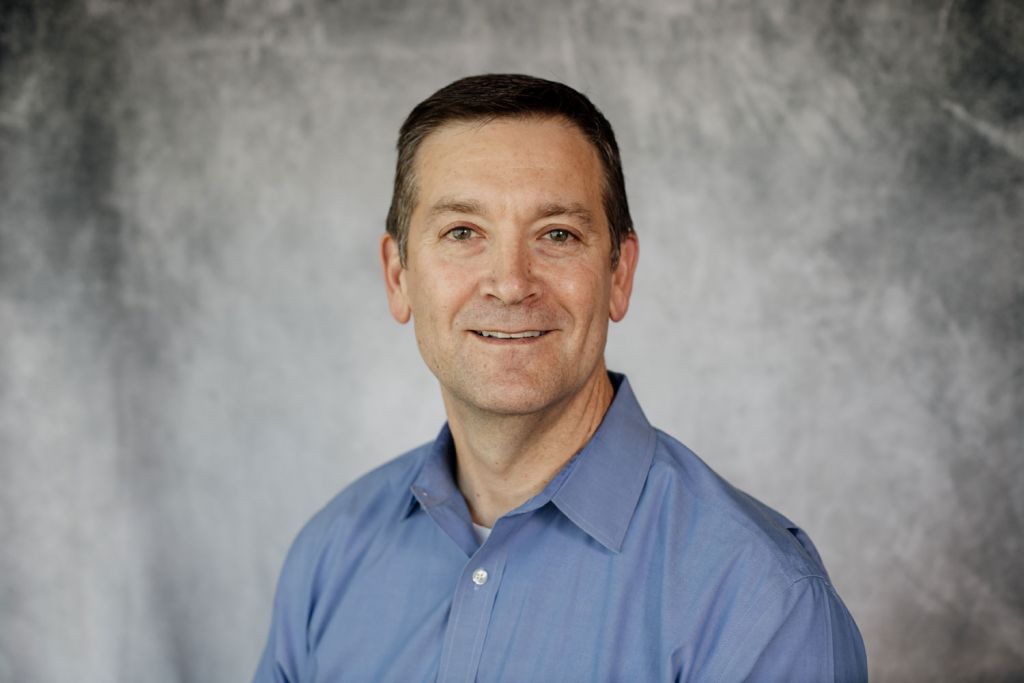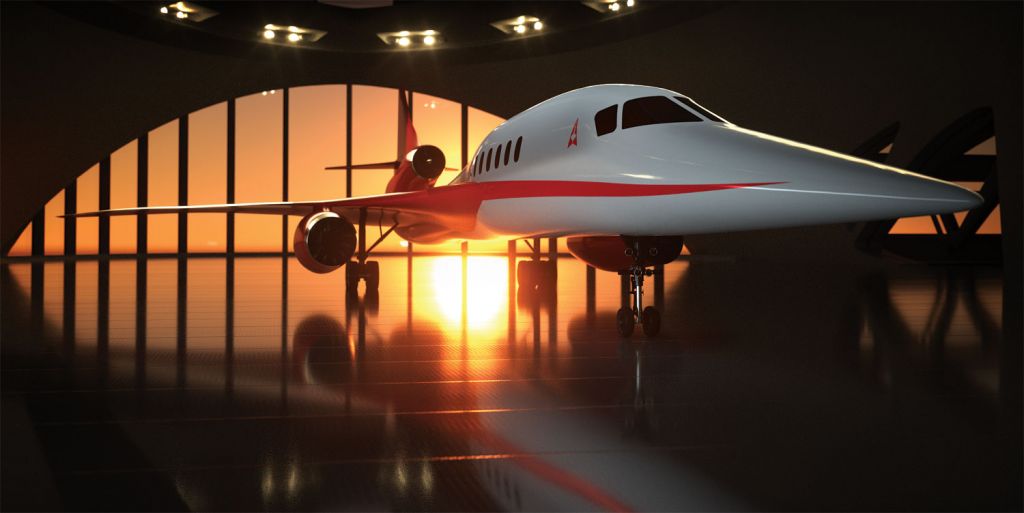

The US-based Aerion Supersonic is a team of entrepreneurs, innovators, and courageous, creative engineers. Simon Wittenberg speaks to Tom Vice, their CEO to talk “hyper luxury” in the skies and the business of going faster than the speed of sound.
LM: What is the philosophy behind Aerion Supersonic, and how do you differ from other aircraft makers?
TV: We are dedicated to bringing people closer together in a more vibrant and compassionate world, where distance is no longer a barrier, and to innovation that is kind to our planet. To achieve that, we are committed to building the next generation of global transportation networks which significantly reduce the time and friction of travel, while leaving no carbon footprint behind. The first step in that journey is the AS2 – a supersonic business jet.
LM: How many people do you currently employ?
TV: We are a growing company, so while the number changes all the time, we are currently at around 150 direct employees. Additionally, we have approximately 150 engineers from various technical partners who are assigned to the project full-time, bringing our total employment base to around 300.
LM: You have just released the final version of the AS2 business jet. What are its main features, and what kind of performance can we expect?
TV: The AS2 lays the foundations for our company. This will be a fast aircraft that can travel up to Mach 1.4 (1,000mph+), but also deliver low noise and carbon-neutral performance.


LM: What were the main challenges that you encountered with the design of the AS2, the first privately-built commercial supersonic aircraft?
TV: We have to meet a number of competing requirements, and that isn’t easy, but we’ve optimised them to come up with the design of the AS2. Aerodynamics is clearly a key component and the work between our design team in Reno, Nevada (our current headquarters), and our software development team in Palo Alto, California, has seen us develop a proprietary multidisciplinary design optimisation tool that has shaped the AS2.
LM: The AS2 will deliver “hyper luxury at over 1,000 mph”, which is quite a bold statement. How are you planning to achieve this, and what will be the price tag for the business jet?
TV: Air travel should be an amazing experience. We want to make it an exciting, enjoyable, efficient and luxurious experience again, and to do that; it will extend beyond the time you spend in the aircraft. We will need an experience that seamlessly integrates our customer’s complete mobility needs and lifestyle, from the point of departure through to the point of destination. The AS2 jet is priced at $120 million.
LM: How have you minimised the carbon footprint of the Aerion AS2?
TV: There are five central components to the actions we will take, and it extends beyond the aircraft. Our aircraft will be designed to incorporate the most advanced aerodynamics and incorporate non-afterburning engines, plus we’re thoughtful in our design. We’ll use renewable, sustainable materials wherever possible, and have an end-of-life process that minimises the environmental impact. The AS2 is also designed to run on 100% sustainable aviation fuel, and we will plant 100,000,000 trees by 2036, thereby offsetting the emissions of all AS2 aircraft in operation.
Furthermore, we will launch an AS2 ‘Clean Speed’ programme to ensure carbon-neutral flying by offsetting all customer flight emissions at no additional cost to our clients. Our new global headquarters, Aerion Park, will equally be powered by clean energy and will be dedicated to creating zero waste.
LM: When will the first test flights take place?
TV: Our target is for the AS2 to enter service in 2026, so test flights would begin in 2024.
LM: When can we expect supersonic commercial flights to take to the skies, as it’s now been nearly 20 years since the last flight of the Concorde?
TV: We are starting with business aviation because we can justify the business case by serving an existing market of customers that already pay a premium for speed. However, we have long-term plans to build an entire family of aircraft that will be available for a broad customer base.
In doing so, in the immediate term, we aim to bring supersonic flight back to aviation development and pave the way for more widespread adoption. Longer-term, we anticipate investing the proceeds of AS2 into derivative aircraft, including commercial variants which will ease the friction of travel and accelerate the overall journey.
LM: How has the Coronavirus affected Aerion’s activities, and how is your business using this “downtime”?
TV: As a measure to protect our employees and their families, and to play our part in preventing the spread of COVID-19, we have been operating a virtual workplace across our operations in Reno and Palo Alto.
We are already a flexible operation with employees and business partners around the world, so we have a degree of familiarity with virtual operations and the necessary systems in place to support these, but it is still a good opportunity to test the robustness of our IT tools and infrastructure.
We are at a stage in our trajectory where we’re not manufacturing yet, but that doesn’t mean it is downtime for us. We are working towards a project timeline, and that doesn’t change – we now just need to adapt and work a little differently. I’ve been so impressed with how our staff have adapted and remained focused. We have a great team that I’m proud to work with, and I’ll be pleased to see them when we’re together in person again.
LM: What are your personal luxuries in life when you’re not thinking about supersonic travel?
TV: Time is the ultimate luxury, so the moments I get to spend with my family at home are the best ones of all.
LM: Thank you for your time Tom, and it has been a pleasure talking to you.
Aerion Supersonic – Where and How?
For more information on Aerion Supersonic, visit www.aerionsupersonic.com.
Read more interviews in our dedicated section here.
